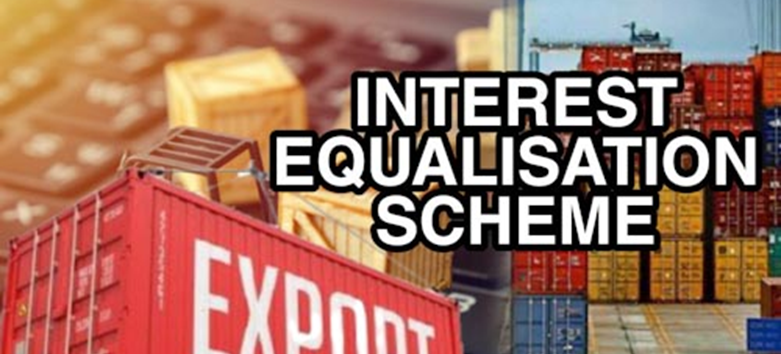Free Courses Sale ends Soon, Get It Now


Free Courses Sale ends Soon, Get It Now



Copyright infringement not intended
Picture Courtesy: knnindia.co.in
Context: The Union Cabinet sanctioned an extra Rs 2500 Cr to extend the Interest Equalisation Scheme until June 30, 2024, aiding exporters in specific sectors and MSMEs to access competitive pre and post-shipment export credit.
About the Interest Equalisation Scheme
Objectives and Targets
Beneficiaries and Rates
Execution and Oversight
Evolution of the Scheme
Impact and Rationale
Conclusion
|
PRACTICE QUESTION Q. How has India's external trade evolved in recent years, and what factors have contributed to changes in its trade dynamics, including export-import patterns, trade partners, and the impact of global economic trends? |
© 2024 iasgyan. All right reserved